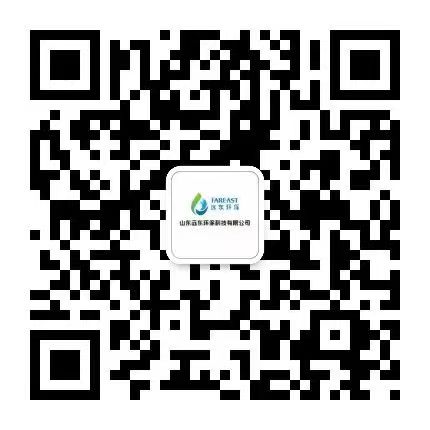The relevant industrial policies issued by the state and the current problems of water resource shortage and water environment pollution bring opportunities for the development of the water treatment agent industry. It has promoted the research and development of water treatment agent-related equipment and products. In particular, the research, development and application of sludge dewatering technology in sewage plants have been enhanced. The water treatment agent polyacrylamide (CPAM) is a linear polymer compound with a variety of active groups, which can be affinity with many substances and form hydrogen-bonded cationic polyacrylamide, which mainly flocculates negatively charged colloid and has the functions of turbidity removal, decolorization, adsorption, adhesion, etc, As a flocculant and coagulant with excellent performance, it is mainly used in the solid-liquid separation process in industry, including sedimentation, clarification, concentration, sludge dewatering and other processes. The application industries include urban sewage treatment, paper industry, food processing industry, petrochemical industry, metallurgical industry, mineral processing industry, dyeing industry, sugar industry and various industrial wastewater treatment cationic polyacrylamide is applied in urban sewage, meat, poultry During sludge sedimentation and sludge dewatering in the process of food processing wastewater treatment, the negatively charged organic colloid in the sludge is electrically neutralized and polymerized through the positive charge group contained in the sludge. Promote the colloidal particles to gather into large flocs and separate them, with obvious effect and less dosage. In recent years, the amount of cationic polyacrylamide used as sludge dewatering agent has increased the fastest.
Technical conditions of cationic polyacrylamide products in China: according to the current source of raw materials, process and application of cationic polyacrylamide in China, the technical conditions of cationic polyacrylamide products are determined: (1) relative molecular weight. According to the user's requirements, the relative deviation from the nominal value is ≤ 10%. (2) Cationic degree. Provided according to user requirements. Absolute difference from nominal value ≤ 3%





 客服1
客服1